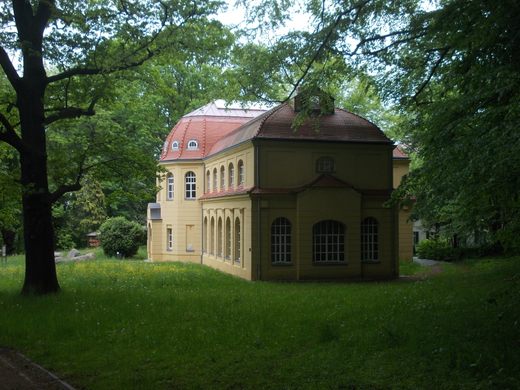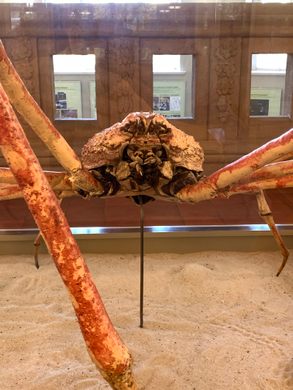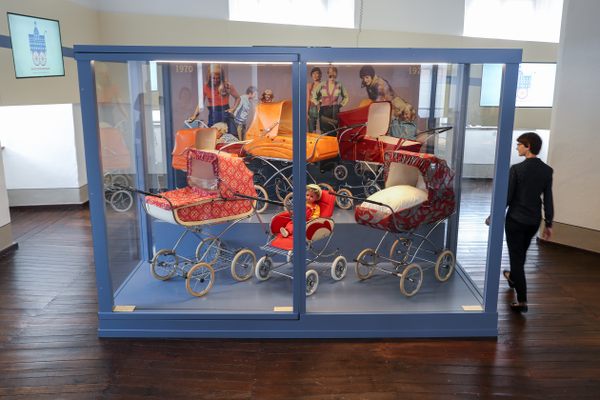Mauritianum
This natural history museum houses one of the world's largest rat kings, a terrifying jumble of tangled rodents.
About 200 years ago, the German town of Altenburg was an important hub for natural history, zoology, paleontology, and botany. Since its foundation in 1817, the Mauritianum has played an important role as a local and international exhibition center. Today, it houses about 40,000 specimens, among them the iconic “rat king of Altenburg,” a conglomerate of some 32 mummified rats.
The Altenburg Nature Research Society, which founded the museum, took advantage of the region’s richness of wildlife diversity and fossils. The society had members who worked in then-new science of wildlife zoology who joined global expeditions to expand the collection.
The local farmers played an important role in growing the museum’s collection. Since there was a longstanding tradition of catching and breeding wild birds for aviaries and dining tables at royal courts, from early 19th century, the farmers of Thuringia and Saxony learned to take care of sensitive tropical and exotic birds that were introduced from colonized regions. The bird taxidermies were sold to natural history museums and private collections all over Europe. As a result, the Mauritianum’s collection has a large focus on taxidermy birds, but the exhibition also gives interesting insights into the tremendous ecological changes the region and its landscape went through during industrialization, urbanization, and climate change.
The Mauritianum also hosts a number of curiosities. The “rat king of Altenburg” is known as one of the world’s largest such specimens. The terrifying jumble of rodents was discovered in a chimney in 1828.
Rat kings are defined as a group of rats whose tails are entangled with the result that the individuals cannot free themselves anymore. The tails suffer from multiple fractures and the rats get “glued” together by sticky substances like sap, feces, and dirt. Worldwide, only about two dozen such cases have been reported.
This extremely unusual phenomenon has inspired horrifying myths and legends that are still present in present-day popular culture. In fact, some people believe rat kings themselves are myths, merely hoaxes created by people tying the rodents’ tails together after they’re already dead.
Know Before You Go
The museum is open from Tuesday through Friday from 1 p.m. to 5 p.m. and on Saturday, Sunday, and public holidays from 10 a.m. to 5 p.m.




















Follow us on Twitter to get the latest on the world's hidden wonders.
Like us on Facebook to get the latest on the world's hidden wonders.
Follow us on Twitter Like us on Facebook